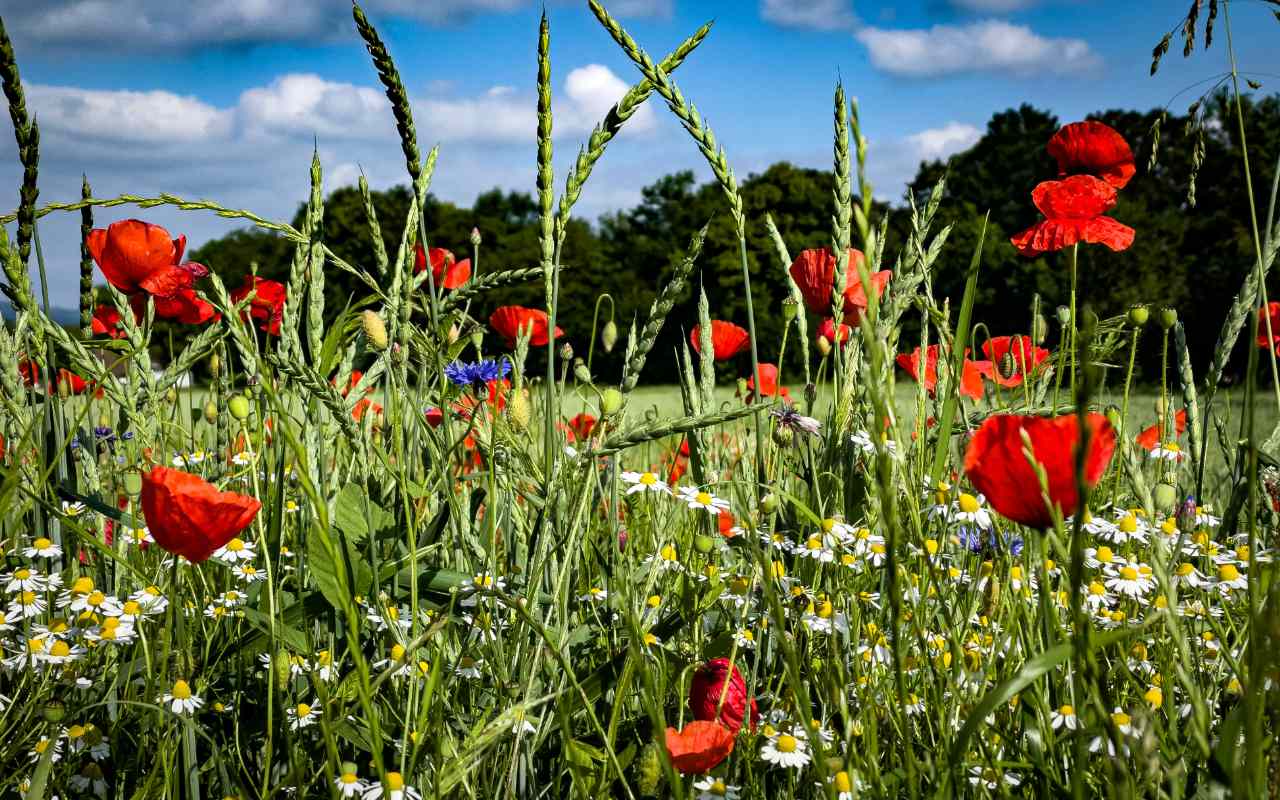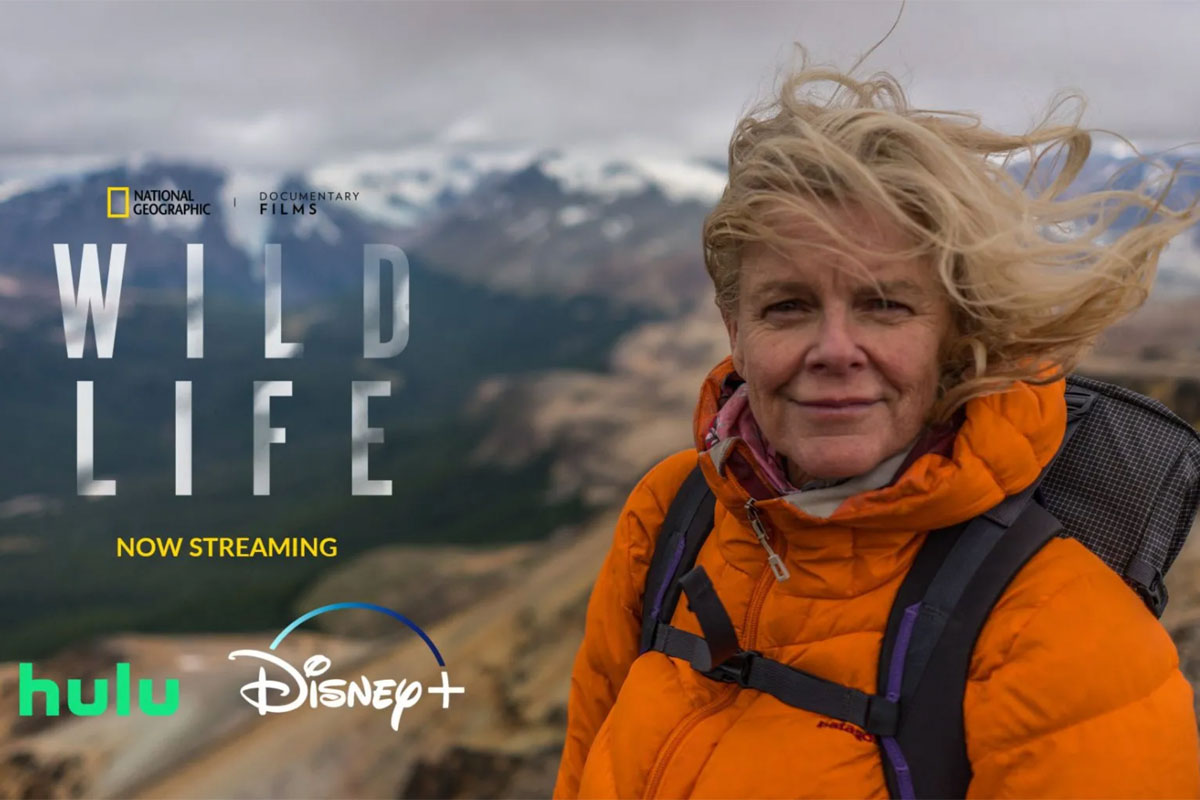HEADTURNED Articles
Rewilding: Restoring Balance to our planet
Nature is crying for help.
Nature is crying for help, we must answer her call
Introduction - The Flourishing Earth 500 Years Ago
Five centuries ago, the Earth was a vibrant mosaic of ecosystems. Forests stretched across continents, housing an astonishing variety of plant and animal species. Native plants thrived in nutrient-rich soils, contributing to a balanced biodiversity chain. Indigenous communities coexisted harmoniously with nature, utilising resources sustainably.
The Onset of Change
The dawn of global exploration, colonisation, and industrialisation marked a turning point. Logging operations cleared vast forests for shipbuilding, settlements, and trade. Agriculture expanded aggressively, replacing biodiverse habitats with monocultures. Urban development further encroached on natural landscapes. Each step taken to advance civilisation resulted in profound ecological disruptions.

Nature is crying for help, we must answer her call
The Impact of Deforestation
Biodiversity's Decline Across Chains
Molecular and Nutrient Levels
The effects of deforestation start at the molecular level, where the intricate balance of nutrients begins to falter. Trees and plants play a critical role in cycling nutrients, drawing carbon dioxide from the air and enriching the soil with organic matter. Without forest cover, soil erosion intensifies, washing away vital nutrients and leaving the ground barren. The delicate symbiosis between soil microbes and plant roots is disrupted, hindering the ability of plants to grow and thrive. As nutrient cycles break down, the capacity of the land to support life diminishes, creating a cascade of effects across the ecosystem.
Microscopic Insects to Mammals
The disruption of soil health reverberates through every level of the food chain. Microscopic insects, such as pollinators, are among the first to be affected. Pollinators like bees and butterflies are essential for plant reproduction, but habitat loss and pesticide use have driven their populations to the brink. With fewer pollinators, plants fail to reproduce, leading to declines in food sources for herbivorous animals. As insect populations dwindle, the creatures that depend on them—birds, amphibians, and small mammals—face starvation. Apex predators at the top of the chain suffer as their prey disappears, and entire ecosystems collapse under the strain. The interconnectedness of life means that the loss of even the smallest species can have far-reaching consequences.
Nature is crying for help, we must answer her call
Extinct and Endangered Species
Extinct Species Over 500 Years
In the past five centuries, human activities have driven numerous species to extinction. The dodo, a flightless bird native to Mauritius, was hunted to extinction by the 17th century. The passenger pigeon, once numbering in the billions across North America, vanished due to overhunting and habitat destruction. The Tasmanian tiger, a marsupial predator, succumbed to relentless hunting and habitat loss in the early 20th century. The great auk, a flightless seabird, was similarly hunted to extinction. These losses extend beyond animals to plants, with species like silphium—a medicinal plant highly valued in antiquity—completely eradicated.
Endangered Species Today
Today, countless species teeter on the brink of extinction. The Amur leopard, one of the rarest big cats, faces habitat loss and poaching. The vaquita, a porpoise native to the Gulf of California, is critically endangered due to fishing practices. Mountain gorillas cling to survival in shrinking habitats, while the Yangtze giant softshell turtle is down to just a few individuals. Plants like the Western prairie fringed orchid and Kokia cookei are endangered as urbanisation and agriculture encroach upon their habitats. Without urgent intervention, these species could join the ranks of the extinct.
Nature is crying for help, we must answer her call
Regenerating Through Rewilding
Methods for Biodiversity Revival
Restoring Ecosystems
Restoring ecosystems is central to rewilding efforts. Reforestation initiatives aim to replace lost forests with native trees, recreating habitats for countless species. This process involves more than planting trees; it requires careful planning to ensure the right species are introduced in the right places. Soil regeneration is another critical step. By reintroducing organic matter and fostering microbial communities, degraded soils can be revitalised, enabling them to support plant life once again. The reintroduction of keystone species—organisms that play a pivotal role in maintaining ecosystem balance—is also essential. For example, wolves have been reintroduced in some areas to control overpopulated herbivores, allowing vegetation to recover.
Encouraging Natural Processes
Encouraging natural processes often involves stepping back and allowing nature to heal itself. This may include leaving land fallow so that native vegetation can regenerate. Wildlife corridors are established to connect fragmented habitats, enabling animals to migrate and maintain genetic diversity. In some ecosystems, controlled burns are used to manage grasslands and prevent the spread of invasive species. These methods demonstrate that, with the right interventions, ecosystems can recover and thrive.
Nature is crying for help, we must answer her call
Spotlight: The Tompkins Conservation
Founders, Vision, and Accomplishments
Doug and Kris Tompkins founded the Tompkins Conservation with a vision of protecting and restoring large swathes of wilderness. Doug, a co-founder of The North Face and Esprit, transitioned from a successful business career to become a dedicated conservationist. Kris, a former CEO of Patagonia, shared his passion for the environment. Together, they used their resources to purchase and protect over two million acres of land in South America, focusing on regions in Chile and Argentina. Their work has resulted in the creation of some of the world's largest private nature reserves.
Tompkins Conservation has created or expanded 17 national parks in Argentina and Chile, totaling 14.8 million land acres and 30 million acres of marine national parks. Their rewilding efforts are bringing back over two dozen species through their offspring organisations, Rewilding Argentina and Rewilding Chile, now fully independent nonprofits. They work to curb the global extinction and climate crises, and ensure health, resilient communities living in harmony with nature.

The Tompkins Conservation accomplishments are remarkable. Pumalín Park, a 994,000-acre reserve in Chile, is a testament to their commitment. The foundation has also worked to establish wildlife corridors, connecting isolated habitats and enabling species to roam freely. Rewilding projects, such as the reintroduction of jaguars to their native habitats, have further demonstrated the Tompkins Conservation's dedication to biodiversity restoration. Their efforts have inspired governments and organisations worldwide to prioritise conservation.
Nature is crying for help, we must answer her call
Collaborative Greatness
HEADTURNED and Tompkins Conservation Unite
The HEADTURNED Foundation would welcome the opportunity to collaborate with the Tompkins Conservation, recognising the shared mission to restore and protect biodiversity. By joining forces, these organisations could not only amplify their impact but also inspire a broader audience to engage in rewilding efforts. Collaborative projects could focus on scaling up rewilding initiatives, sharing expertise in habitat restoration, and developing innovative strategies to protect endangered species.
A key aspect of this collaboration would be expanding public awareness and education. Educational tutorials designed for all generations could highlight the importance of rewilding and biodiversity, fostering a global appreciation for nature's interconnected systems. Programmes could teach the scientific and cultural significance of conservation, inspiring individuals of all ages to take active roles in protecting the planet. Leveraging digital platforms and community workshops, these initiatives could reach millions, creating a ripple effect of environmental stewardship.
Additionally, partnerships between the HEADTURNED and Tompkins Conservation could involve creating new conservation models that integrate modern technology and traditional ecological knowledge. By working together, these organisations can establish benchmarks for sustainability, encourage global policymaking that prioritises biodiversity, and motivate future generations to lead with environmental consciousness. Together, they could set an example of collaborative greatness, driving meaningful change for the planet.
Nature is crying for help, we must answer her call
Positive Outcomes and Way Forward
How Everyone Can Help
Rewilding is not an endeavour that can be achieved by organisations alone; it requires collective action. Individuals can contribute by joining the HEADTURNED Foundation as members, volunteering their time, or making financial contributions. Donating resources such as tools and equipment can also make a difference.
Educating others about the importance of rewilding and advocating for conservation-friendly policies are impactful ways to contribute. Adopting sustainable practices in daily life, such as reducing waste and supporting local biodiversity, can further the cause. Sponsoring specific projects or collaborating with experts to share knowledge and innovations are additional avenues for involvement.
By coming together, individuals and communities can play a vital role in restoring the balance of nature.
Nature is crying for help, we must answer her call
Call to Action
To drive meaningful change, the following actions are essential. Plant native trees and protect existing forests to combat deforestation. Create wildlife corridors to reconnect fragmented habitats. Reintroduce keystone species to restore ecosystem balance. Educate young conservationists to build a sustainable future. Advocate for policy changes that prioritise conservation. Launch soil and wetland restoration projects to revive degraded ecosystems. Raise substantial funds to support these initiatives and inspire widespread participation.
Together, we can ensure a thriving planet for generations to come.
